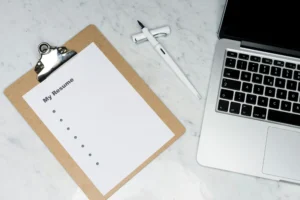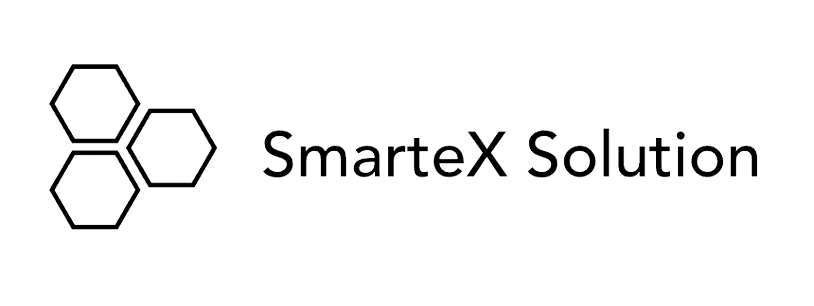
Your resume and cover letter are often the first impression you make on a potential employer. Crafting these documents effectively is crucial for standing out from the competition and landing an interview. Understanding what recruiters look for and optimizing your materials accordingly can give your application a significant advantage.
Key Elements of a Resume and Cover Letter
This guide will provide tips and strategies for writing impactful resumes and cover letters tailored specifically to each job opportunity. We’ll explore how to showcase your skills, achievements, and fit for the role. With a compelling resume and cover letter, you can catch a hiring manager’s attention and get on the path to your dream job.
The Importance of an Effective Resume
Your resume is a snapshot of your career history, skills, and accomplishments. Its purpose is not just to provide facts about your background, but to highlight your value as an applicant. An effective resume clearly communicates how you are qualified for the target role.
Tailoring Your Resume to the Job
A one-size-fits-all resume is less likely to catch a recruiter’s eye. Be sure to tailor your resume specifically for each application by emphasizing different aspects of your background. Look closely at the job description and identify which of your skills and experiences are most relevant. Expand on those areas and incorporate language and keywords from the posting throughout your resume.
Highlighting Key Accomplishments and Skills
Don’t just provide a bland overview of your work history. Use bullet points under each position to highlight tangible achievements and contributions. Quantify your accomplishments with numbers and data to showcase your impact. For example, “Increased sales by 30% over 2 years” demonstrates results better than “Responsible for sales.”
Crafting an Attention-Grabbing Resume
With so many resumes to review, hiring managers often skim rather than thoroughly read each document. Make their job easier by crafting a clear, skimmable resume that allows key details to jump out.
Choosing the Right Resume Format
The reverse-chronological format is the most common and preferred by recruiters. List your work history starting with the most recent position and working backwards. For each role, focus on showcasing upwards career movement and impact.
Structuring Your Resume for Clarity
Use consistent structure and clear headings throughout your resume to enable quick navigation between sections. Common resume sections include: Contact Info, Summary, Skills, Work Experience, Education, Certificates, and Activities. Order these with the most relevant details for the specific role first.
Showcasing Your Work Experience and Achievements
The work experience section is often the bulk of your resume. Expand on 1-3 of your most recent and relevant positions, focusing on specific contributions and quantifiable achievements. Be concise – recruiters look for accomplishments that stand out yet are described efficiently.
Incorporating Keywords for Applicant Tracking Systems (ATS)
Many companies use ATS software to filter resumes, scanning for relevant keywords from the job description. To get past the ATS, incorporate matching keywords and phrases from the posting strategically throughout your resume. Just be sure the use flows naturally.
Writing an Impactful Cover Letter
A well-crafted cover letter is your chance to expand on your resume and connect the dots for how you are a fit for the specific job and company. Take the time to customize and craft engaging cover letters that complement your resume.
Addressing the Hiring Manager
When possible, avoid the generic “To whom it may concern” salutation. Find the hiring manager’s name on the company website or LinkedIn and address them directly. This personal touch makes a strong first impression.
Customizing Your Cover Letter for Each Application
Like your resume, your cover letter should be adapted for every application. Highlight different experiences and skills tailored to each role. Research the company and reference specifics you’re enthusiastic about within the text of the letter.
Telling Your Story and Expressing Enthusiasm
Use your cover letter to expand on your resume summary, focusing on experiences most relevant to the job. Showcase your unique background and fit through storytelling, using anecdotes and real examples versus generalizations. Express genuine passion for the company and role.
Aligning Your Cover Letter with the Job Description
Reference specifics from the job posting, using matching keywords and phrasing. Articulate how your skills and accomplishments directly connect with the top qualifications outlined for the position. Cite examples demonstrating this fit.
Putting It All Together
With customized resumes and cover letters adapted for each application, you also want to ensure the complete package aligns and reinforces an effective personal brand.
Creating a Consistent Personal Brand
Make sure your resume, cover letter, LinkedIn profile and any other application materials work together to present a consistent portrait of your background and strengths. Use cohesive messaging and style across platforms.
Reviewing and Proofreading Your Documents
Carefully review every document before submitting an application. Look for typos, grammar errors, unclear phrasing, and repetitive points. Ask a friend or mentor to provide feedback on your resume and cover letter.
Seeking Feedback from Professionals
Beyond friends, leverage your network to connect with professionals in your target field. Ask them to review your application materials and provide suggestions based on real insider expertise. This feedback can reveal areas for improvement you may not have considered.
Conclusion
The effort you put into crafting your resume and cover letter is well worth the significant impact it can have on launching your next career move. Follow the strategies outlined here to develop concise, compelling documents tailored to each of your applications. Showcase the value you bring through measurable achievements. And tell your unique story with an authentic voice that engages hiring managers. With resumes and cover letters that put your best foot forward, you’ll be that much closer to accomplishing your professional goals.






